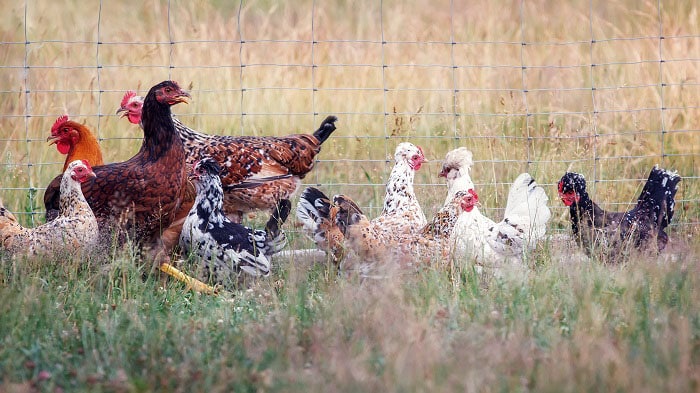What to know
- Influenza A viruses are endemic (can infect and regularly transmit) in 6 animal species or groups (wild waterfowl, domestic poultry, swine, horses, dogs, and bats) in addition to humans.

Background
Influenza A virus subtypes currently endemic in humans are H3N2 and H1N1 viruses. Examples of different influenza A virus subtypes currently endemic in animals include H1N1 and H3N2 in pigs (different strains than those found in humans), H3N8 in horses, H3N2 in dogs, and H5N1 in wild water birds and domestic poultry.
Flu Current Situation Summary
Influenza A viruses that typically are endemic in one animal species sometimes can cause illness in another species. For example, until 1998, only H1N1 viruses circulated widely in the U.S. pig population. However, in 1998, H3N2 viruses from humans were introduced into the pig population and caused widespread disease among pigs. More recently, H5N1 viruses from birds have caused sporadic infections in wild foxes in the U.S. and in other countries.
How it spreads
Avian influenza A (bird flu) viruses may be transmitted from infected birds to other animals, and potentially to humans, in two main ways:
- Directly from infected birds or from avian influenza A virus-contaminated environments.
- Through an intermediate host, such as another animal.
Direct infection can occur from exposure to saliva, mucous, or feces from infected birds. Bird flu infections among people are rare; however, human infections can happen when enough virus gets into a person's eyes, nose, or mouth, or is inhaled. People with close or prolonged unprotected contact (not wearing respiratory and eye protection) with infected birds or places that sick birds or their mucous, saliva, or feces have contaminated, might be at greater risk of bird flu virus infection.
Infection through an intermediate host is not as straightforward or as likely to occur, although it is possible. Influenza A viruses have eight separate gene segments. The segmented genome allows influenza A viruses from different species to mix genes (reassortment) and create a new virus if influenza A viruses from two different species infect the same person or animal at the same time.
One possible way that virus reassortment could occur is if a pig were infected with a human influenza A virus and an avian influenza A virus at the same time, the new replicating viruses could reassort and produce a new influenza A virus that had some genes from the human virus and some genes from the avian virus. The resulting new virus might then be able to infect humans and spread easily from person to person, but it could have surface proteins (hemagglutinin and/or neuraminidase) different than those currently found in influenza viruses that routinely circulate in humans—this could make it seem like a "new" influenza virus to people, one that had not been encountered before.
This type of major change in the influenza A viruses is known as "antigenic shift." Antigenic shift results when a new influenza A virus subtype against which most people have little or no immune protection infects humans. If this new influenza A virus causes illness in people and is transmitted easily from person to person in a sustained manner, an influenza pandemic can occur.
While a "shift" of this kind has not occurred in relation to avian influenza viruses, such a "shift" occurred in the spring of 2009 when an H1N1 virus with genes from North American Swine, Eurasian Swine, humans and birds emerged to infect people and quickly spread, causing a pandemic. When shifts happen, most people have little or no immunity against the new virus.
It is also possible that the process of genetic reassortment could occur in a person who is co-infected with an avian influenza A virus and a human influenza A virus. The genetic information in these viruses could reassort to create a new influenza A virus with a hemagglutinin and/or neuraminidase gene from the avian virus and other genes from the human virus. Influenza A viruses with a hemagglutinin against which humans have little or no immunity that have reassorted with a human influenza virus are more likely to result in sustained human-to-human transmission and have pandemic potential. Therefore, careful evaluation of influenza A viruses recovered from humans and animals that are infected with avian influenza A viruses is important to identify genetic reassortment if it occurs.
Although it is unusual for people to get influenza A virus infections directly from animals, sporadic human infections and outbreaks caused by certain avian influenza A viruses and swine influenza A viruses have been reported.
